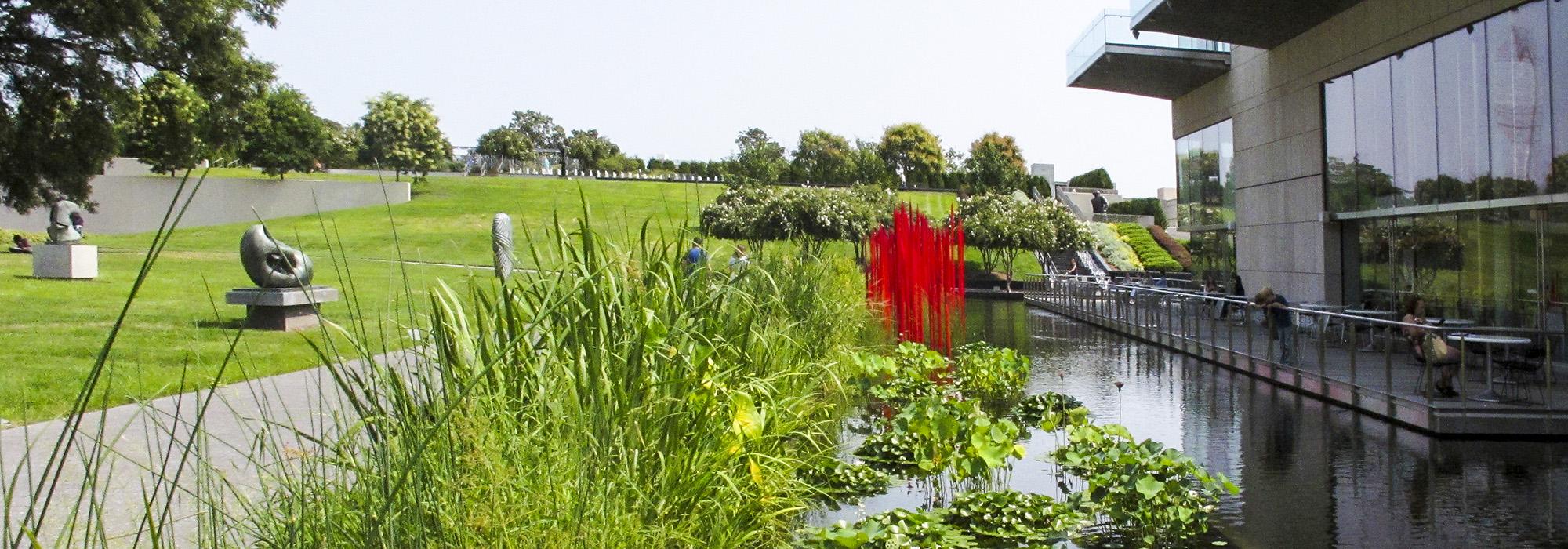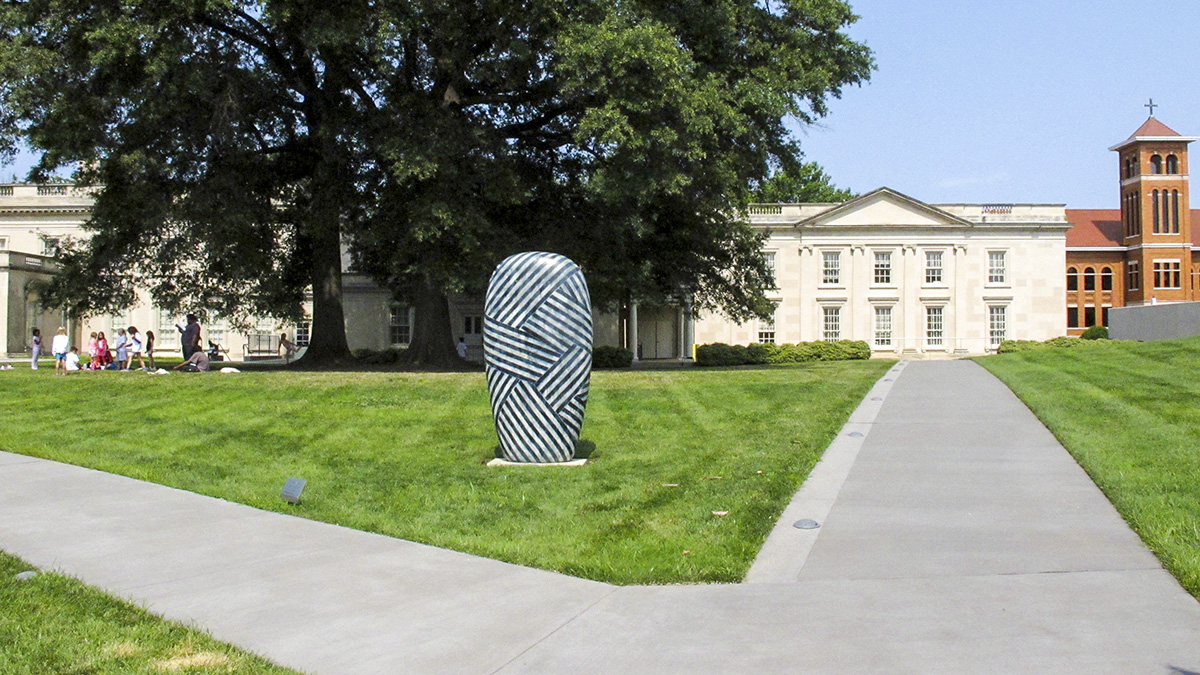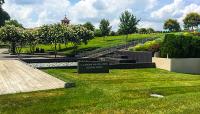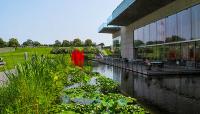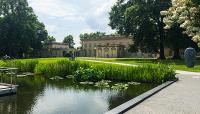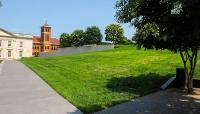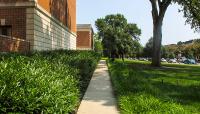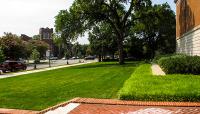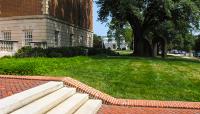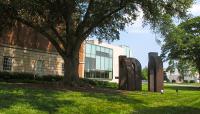Landscape Information
Originally part of an expansive land grant dating to the 1630s, these grounds were part of a 170-acre plantation purchased in the mid nineteenth century by Anthony Robinson, Jr. During the Civil War, Robinson’s widow allowed Union troops to camp there and her heirs sold the Italianate house and surrounding 36-acre property in 1883 to be used as the R. E. Lee Camp, No. 1 – Confederate Soldiers Home. A Carpenter-Gothic chapel designed by Captain Marion Dimmock was constructed in 1887, the Robinson House was modified, and, in the early twentieth century, the property was subdivided among various Commonwealth institutions. Funded by the Federal Works Administration, the 14-acre Virginia Museum of Fine Arts campus was established in 1936 amidst formal Beaux Arts parterre gardens and a heritage oak grove.
Additional classical structures were added in 1954 and again in 1970 to accommodate the growing collection. In 1976 Lawrence Halprin, working with Angela Danadjieva, designed a sunken sculpture garden that included a geometric water feature inspired by Virginia’s waterfalls. Halprin selected all but one of the sculptures, which he personally sited amidst woodlands and lawns along a serpentine walk meandering across gently undulating topography. In 2010 Halprin’s sculpture garden was replaced by a museum wing designed by architect Rick Mather and a lawn, waterfall, and canted rooftop sculpture garden designed by Laurie Olin of OLIN. Dimmock’s Confederate Memorial Chapel was listed on the National Register of Historic Places in 1972 and Robinson House, also known as “The Grove,” was added in 2013.



